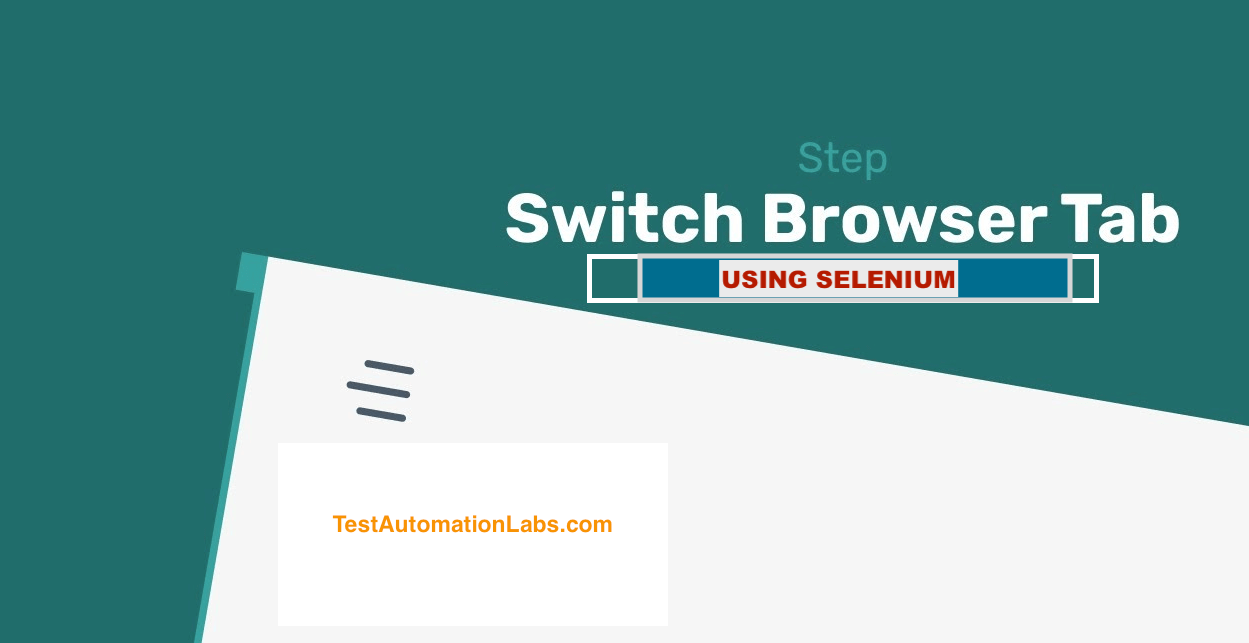When working on web automation, we often encounter situations where clicking an element like a link or button opens a new browser window or tab. Managing these new windows is crucial to ensure our automation script runs smoothly. Today we will discuss handling a new browser window with Selenium WebDriver in Ruby programming language, covering techniques to manage multiple browser tabs, switch between windows, and control them effectively.
Why Handling Multiple Browser Windows is Important in Web Automation Testing
Modern web applications frequently use pop-ups, new windows, or tabs for features like payment, gateways, user authentication, or displaying additional information. Without proper window handling, our automation script might fail to interact with the correct browser window or tab, leading to test failures.
Prerequisites Before Continuing This Article
Please make sure you have the following environment setup before proceeding:
- Installed Ruby on your system
- Selenium WebDriver gem is installed (To install:
gem install selenium-webdriver) - A browser driver like GeckoDriver or ChromeDriver compatible with your current browser version
Opening and Handling a New Browser Window
Let’s start with some basic examples. Suppose you have a web page with a link that opens a new tab or window when clicked. Let’s see how we can handle it step-by-step.
Initialize the Browser
require 'selenium-webdriver'
# Initialize the browser
driver = Selenium::WebDriver.for :chromeThis is the very first step. Without browser initialization, we cannot navigate to any websites to perform operations.
Navigate to the Website
driver.navigate.to 'https://example.com'Store your Current Window Handle
Storing your current window handle is a very important part. After completing tasks in a new window, you may need to switch back to the original window. Keeping the default window handle ensures a smooth transition after you complete the task in new windows or tabs.
# Store the current window handle
default_window = driver.window_handleClick the Element That Opens a New Window or Tab
# Click the link that opens a new window
driver.find_element(:link_text, 'Open New Window Element Locator').clickGet All Present Window Handles
In Ruby, Selenium window_handles is used to fetch all the present windows. With this, we can interact with desired windows when needed.
# Get all window handles
all_windows = driver.window_handlesSwitching to The New Window
You can switch to any Windows as you need. switch_to method is used to switch to another browser window. Manipulate windows as per your need when more than two windows are present.
# Switch to the new window
new_window_handle = (all_windows - [default_window]).first
driver.switch_to.window(new_window_handle)Perform Actions in the New Window
# Perform actions in the new window
driver.find_element(:id, 'new_window_element').clickClose the New Window After Actions are Completed
# Close the new window
driver.closeWhen we complete our task, then it’s not necessary to keep it open. Some windows close automatically when we perform our task. We can also verify this behavior by checking all the present window handles.
It’s Time to Switch Back to The Main Window
# Switch back to the main window
driver.switch_to.window(main_window)Quit the Browser After Test Compelted
driver.quitLet’s Review the Key Concepts
Managing Multiple Tabs with Selenium WebDriver
The Window Handles method returns an array of all the available browser tabs or windows. By comparing the current window handle with the list, you can identify new windows easily and perform tasks on it.
Working With Windows in Selenium
The switch_to.window(handle) method allows you to focus on a specific window to perform operations. After switching, any Selenium commands will interact with the new active browser window.
Ruby Automation
Using Ruby’s syntax is simple, and managing browser tabs becomes intuitive. The ability to store window handles and switch between them makes Ruby an excellent choice for Selenium.
Best Practices for Handling Windows
- Always store the default or main window handle
- Use dynamic waits instead of hard sleep to handle loading time efficiently
- Close unnecessary windows after tasks are completed. This prevents resource leakage and improves performance.
Conclusion
Handling a new browser window with Selenium WebDriver in Ruby is straightforward once you understand how to manage window handles. By Practicing techniques for managing multiple tabs with Selenium, working with multiple Windows or Tabs in Selenium, and Ruby automation for browser tab or Windows control, you can build robust automation scripts that handle complex web applications seamlessly.



